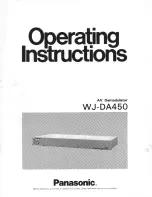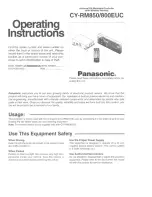
WP 34S Owner‘s Manual
Edition 2.2
Page 92 of 103
LBL 'MYP'
CL[alpha]
[alpha]'Hel'
[alpha]'lo!'
LBL 00
PROMPT
BACK 01
LBL A
ENTRY?
SKIP 01
XEQ 01
STO 01
GTO 00
LBL B
...
This sets up a message and stops.
does nothing, it simply returns to the prompt. If
the user enters a number and hits A, the program starts with the ENTRY? test which is
true if the user has entered fresh data. The input will be stored in register 01 and the
program jumps back to the prompt. If the user has not entered any information after the
last prompt, subroutine 01 will be called to compute a new value which is then stored
and displayed. This is the way the TVM application is implemented.
Keyboard Codes
Sometimes, the hot keys
to
aren't enough. But there are ways to extend the
number of directly addressable subroutines by a simple trick: shorthand addressing of
numeric labels. To make this possible, each key is identified by a row and a column,
each starting with one.
A B C D -> CPX
11 12 13 14
15 16
STO RCL Rv f g h
21 22 23
24
25 26
ENTER^ x<>y +/- EEX <-
31
32 33 34
35
XEQ 7 8 9 /
41
42 43 44
45
^ 4 5 6 x
51
52 53 54
55
v 1 2 3 -
61
62 63 64
65
EXIT 0 . R/S +
71
72 73
74 75
Whenever you are asked for the entry of a two-digit label, any of the keys marked in
italic
in the above picture can be used as direct input. The label will be replaced by the
row/column code of the respective key. Some keys are not available this way because
they have a predefined meaning in this context. They can still be used for a short ad-
dress by preceding the key with the f prefix. Only the f prefix itself cannot be used for












































